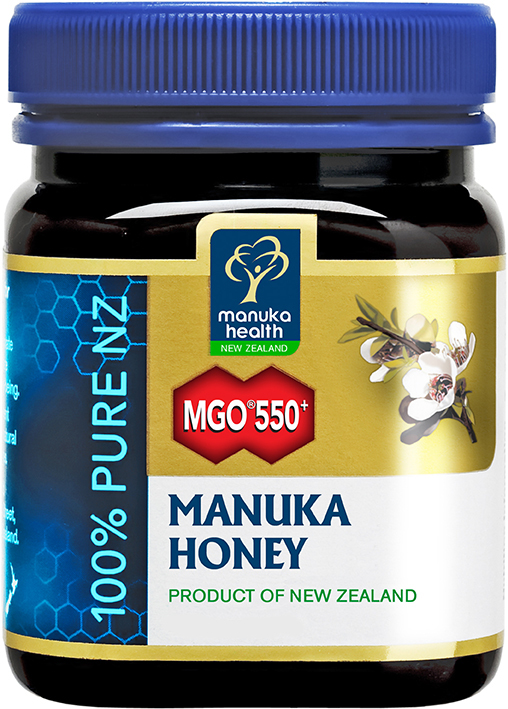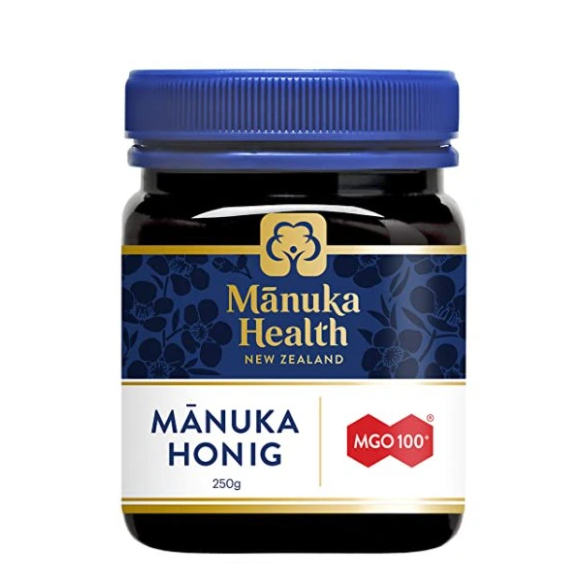


Composition: 100% natural honey from Manuka bush.
Manuka bush grows in New Zealand. The honey in this shrub contains an active ingredient: methylglyoxal, which is responsible for the antibacterial properties of honey. This ingredient is found in all honeys, but is generally present in amounts of 0-10 mg/kg. In Manuka honey it reaches intensity from 100 to 1000 mg/kg!
How to take Manuka MGO honey: Manuka honey is consumed like any honey, such as 2-3 teaspoons a morning on an empty stomach, or a teaspoon three times a day before a meal, or as a sweetener for drinks or as a food in addition to meals and baked goods.
manuka honey is a honey produced by bees from the nectar of the Manuka plant (Leptospermum scoparium), native mainly to New Zealand and Australia. This honey is known for its antibacterial properties and is often used as a remedy for various health problems.
manuka honey contains unique antibacterial compounds, particularly methylglyoxal (MGO), which acts as an indicator of honey's antibacterial activity. The antibacterial activity of Manuka honey is measured in a measure called the Unique Manuka Factor (UMF), which is based on the concentration of MGO and other compounds.
manuka honey is used to treat skin problems such as wounds, burns, acne, and skin infections. It is also used to treat gastrointestinal problems such as stomach ulcers, irritable bowel syndrome, and indigestion. Manuka honey can also be used to support the immune system and relieve sore throats and cold symptoms.






















